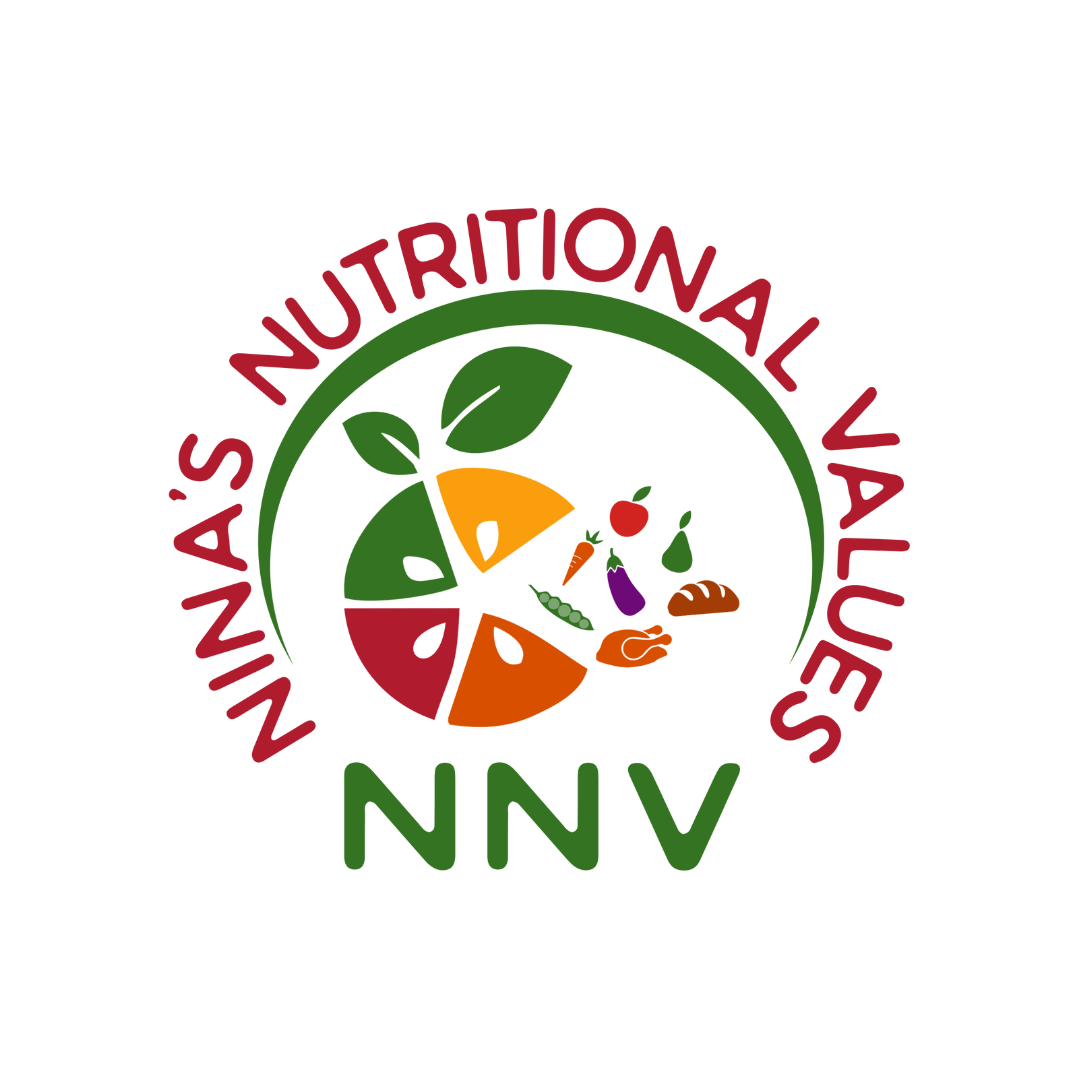Nutrition Label “Red Flags”
Many pre-packaged dry, refrigerated, and frozen foods and beverages provide convenience and nutrition. That said, many food brands try to make their processed foods sound healthier than they are. Here are the nutrition label red flags you can use to identify misleading nutrition labels.
Made With Whole Grains
This labeling is designed to lead you to believe the product is a complex carbohydrate. Complex carbohydrates are digested slowly and don’t cause your blood sugar to spike. However, this phrasing is designed to be misleading. The product could only have a small percentage of whole grains. The same is true of products labeled “multi-grain”. Look for “100% whole grains” instead.
Natural or All-Natural
This labeling is designed to lead you to believe there are zero additives or healthy ingredients. However, the word “natural” is not regulated by the FDA. This means that the food product could contain little to no whole foods. The same is true of products labeled “made with real fruit”.
Read the ingredients instead.
Lower Sugar or Zero Sugar
Products labeled “lower sugar” have less sugar than the full sugar alternative but may be high in sugar.
Food and beverages labeled “zero sugar” cannot contain any grams of sugar. However, they may be sweetened with artificial sweeteners. Artificial sweeteners pose a range of health risks, including a potential increased risk of diabetes.
Look for “low sugar” and “zero sugar” products made with monk fruit or allulose. These natural sugar alternatives don’t cause your blood sugar to spike.
Low-Fat or Fat-Free
Not all misleading nutrition labels are unhealthy. If a product is labeled “low-fat” or “fat-free” it could truly be healthy. However, it could be misleading in one of 2 ways:
It could be high in sugar or artificial sweetener instead of fat.
It could contain ingredients that don’t support mindful nutrition.
Again, read the ingredient label.
Cholesterol-Free
Products labeled “cholesterol-free” may have always been cholesterol-free. This isn’t a bad thing, the product is just trying to sound healthy. It could be healthy, it could be unhealthy.
Read the full label.
Made With Sea Salt
Sea salt contains just as much sodium as table salt. However, it may contain more trace minerals.
Most Americans consume about 3,400 milligrams of sodium per day. Approximately 70% of these 3,400 milligrams come from processed foods. Try to keep your sodium intake under 2,300 milligrams per day. For some, closer to 1,500 milligrams per day.
Read the sodium content and full ingredients label.
Uncured Meat
Some meat products (such as processed lunch meat and hot dogs) add “uncured” to their label. This is to let you know that they aren’t cured with synthetic nitrates and nitrides. This is misleading because “uncured” meat is preserved with a natural source of nitrates or nitrides, such as celery powder. Nitrates and nitrides are bad for you either way. Uncured meat products may also contain synthetic additives.
Look for unprocessed meat or low-processed meats instead.
Superfoods and Superfruits
Products made with superfoods and superfruits typically have a high antioxidant content. Just be mindful that both words are marketing terms, with no scientific or nutritional classification.
Read the full product label.
Serving Size
If you identify that a food meets your nutritional requirements, or it’s not too much of an indulgence, be sure to understand the serving size. Many indulging items have a very small serving size. So small that you may eat 2 to 3 times the serving without realizing it. For example, a serving of ice cream is typically around 2/3 of a cup.
Consider how much you’re likely to eat per serving before buying.
“Health Food” Aisle
In addition to learning how to read misleading nutrition labels, it’s important to understand that “health food” isn’t always healthy. Yes, they’re likely to be less processed and may not have any synthetic additives. However, food in the health food aisle or health food store can be high in sugar, fat, and sodium.
Read the labels.
Need Help Creating a Healthful Grocery Shopping List?
One of the services I offer as a Registered Dietitian is a monthly meal plan. This includes a grocery shopping list so that you’re confident that all the food in your home is healthful.

